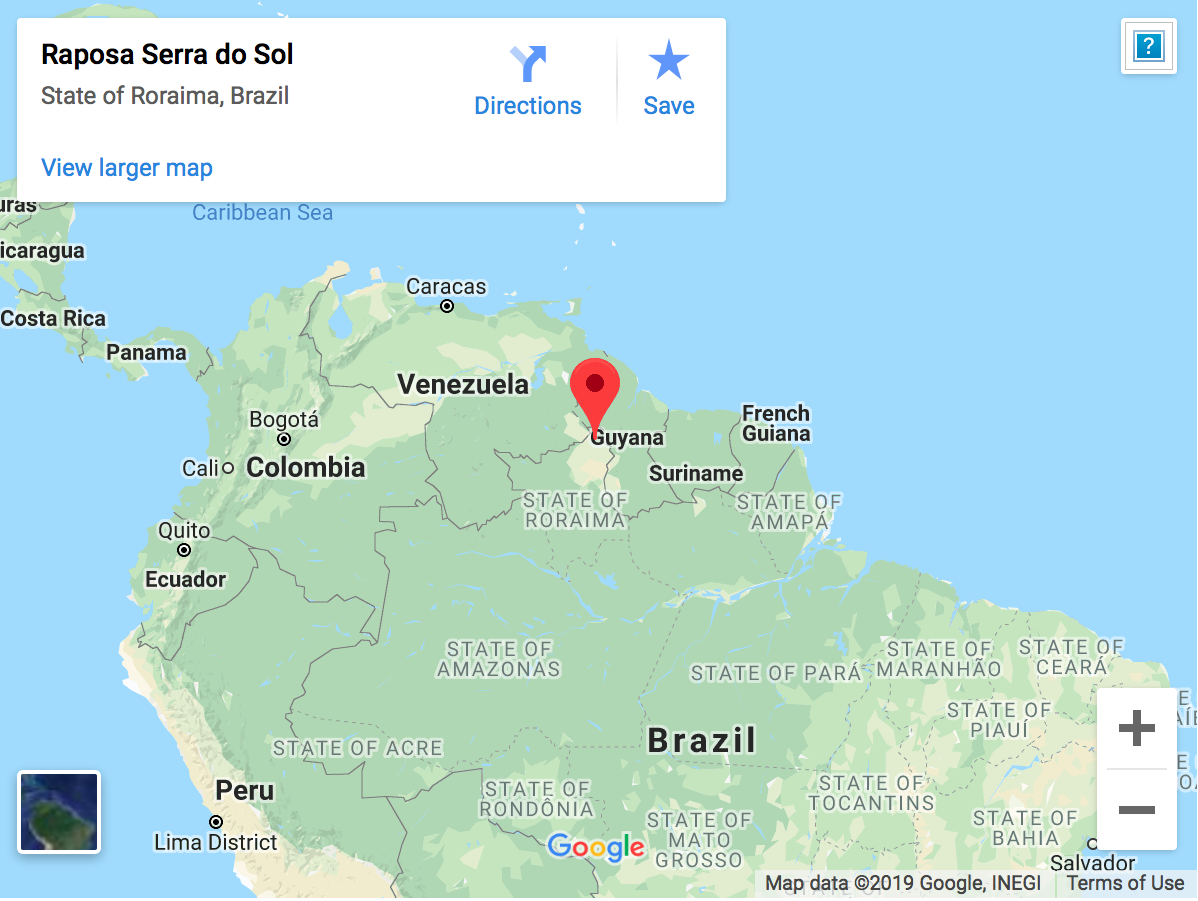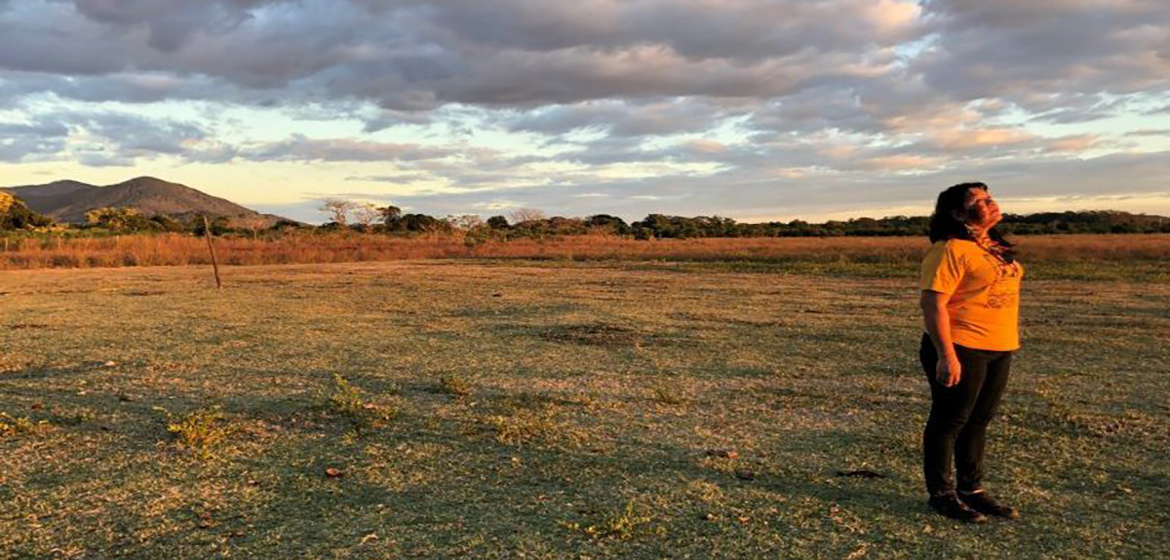Joênia Wapichana helped to win land titles for five indigenous groups in Brazil’s far north, but the president is threatening to re-open the area to white farmers and miners
By Fabiano Maisonnave in Raposa/Serra do Sol Indigenous Land
When indigenous leader Joênia Wapichana first came across Jair Bolsonaro, she was appalled.
The year was 2008, and there was a heated debate about the demarcation of Raposa/Serra do Sol Indigenous Land (TIRSS), inhabited by 25,000 people from five different ethnicities in Brazil’s far north. While waiting for a final decision from the Supreme Court, white farmers resorted to violence. In the worst incident, ten indigenous people were shot, although not fatally.
“[Bolsonaro] said he didn’t understand why a handful of poorly educated persons who didn’t speak Portuguese had more rights than Brazilian patriots,” Wapichana tells Climate Home News, describing a Congressional hearing about TIRSS that both attended. “We were shocked that a lawmaker could have such a racist, hateful view.”
The Supreme Court found in favour of the indigenous groups. Wapichana, the first indigenous woman to get a law degree in Brazil, played a critical role, presenting oral arguments in the case. White farmers left the area and received compensation. But a decade later, that indigenous victory is threatened.
Last year, Wapichana made history again, becoming the first indigenous woman to win election to Congress. Bolsonaro became president, meanwhile, with a campaign pledge to review TIRSS’ demarcation and open the area to mining as well as the return of white farmers.
“It is possible to explore rationally. And on the indigenous side, pay royalties and integrate them into society,” said the then president-elect in December. Bolsonaro has previously declared “minorities [should] either adapt or simply vanish” and compared indigenous lands to a “human zoo”, where they live in the “Stone Age”.
Bolsonaro gave the task to revise TIRSS and other indigenous land demarcations to the cattle rancher Nabhan Garcia. Until last year, he was the head of the Ruralist Democratic Union (UDR), a far-right organization which has historically opposed land demarcations and agrarian reform.
In mid-January, Garcia, who is now the secretary for land affairs, visited the city Pacaraima, which was almost enclosed by the TIRSS area.

Bolsonaro’s plans have been seen as a major threat to Brazil’s Amazon forest. Indigenous territories in the region cover an area twice the size of Spain. Only 1.3% of it has been deforested, according to the NGO Imazon. That is much less than the 20% of forest cleared in the Amazon region as a whole.
In TIRSS, the 25,000-strong indigenous population have vowed to resist on several fronts, including Wapichana’s presence in Brasília. A crucial part of the fight for them is to disavow Bolsonaro’s claims that they live in the “stone age” and are isolated from the rest of Brazilian society.
In the three-day visit to Surumu, one of the TIRSS’ four regions, the communities were eager to offer local products, such as fish, manioc flour, mango, banana, pepper – and lots of beef. The region covers 17,500 square kilometres, roughly the size of Kuwait.
Red meat may sound at odds with conservation, as livestock is a major driver of deforestation. But this part of the Amazon next to Roraima Mount (the inspiration for Arthur Conan Doyle’s The Lost World novel) is savannah, a natural pasture for cattle.
White farmers started to introduce cattle to the region around the mid-19th century. Indigenous people were employed as cheap labour, but it was not until the 1970s that they started to own livestock themselves, thanks to donations from progressive Catholic missionaries.
After the white farmers left, the indigenous communities removed most of the wire fences and expanded their flocks. Now, they own about 50,500 cattle in the region, according to state official figures.
“We are living well. My sons and I are not starving,” says Elisa da Silva, 42, from Macuxi people, who identifies herself as a “vaqueira” (cowgirl). “If the president comes here with soldiers, I have my arrow.”
Beside the natural pasture, another difference from white farmers is ownership. Each community, which varies in size, has its own flock, but families can raise their own cattle, too.
The leader of the 36 communities in Surumu, Anselmo Dionisio Filho, 42, explains the cattle herds are a form of savings to be used for collective activities, as well as to pay for more complex medical treatment.
“We have to fight this narrative that the indigenous peoples are an obstacle to development,” says Wapichana, adding tourism and biodiversity knowledge as other activities. “We have to work in order to become the protagonists, too.”
Source:
Related to SDG 13: Climate action and SDG 16: Peace, justice and strong institutions



